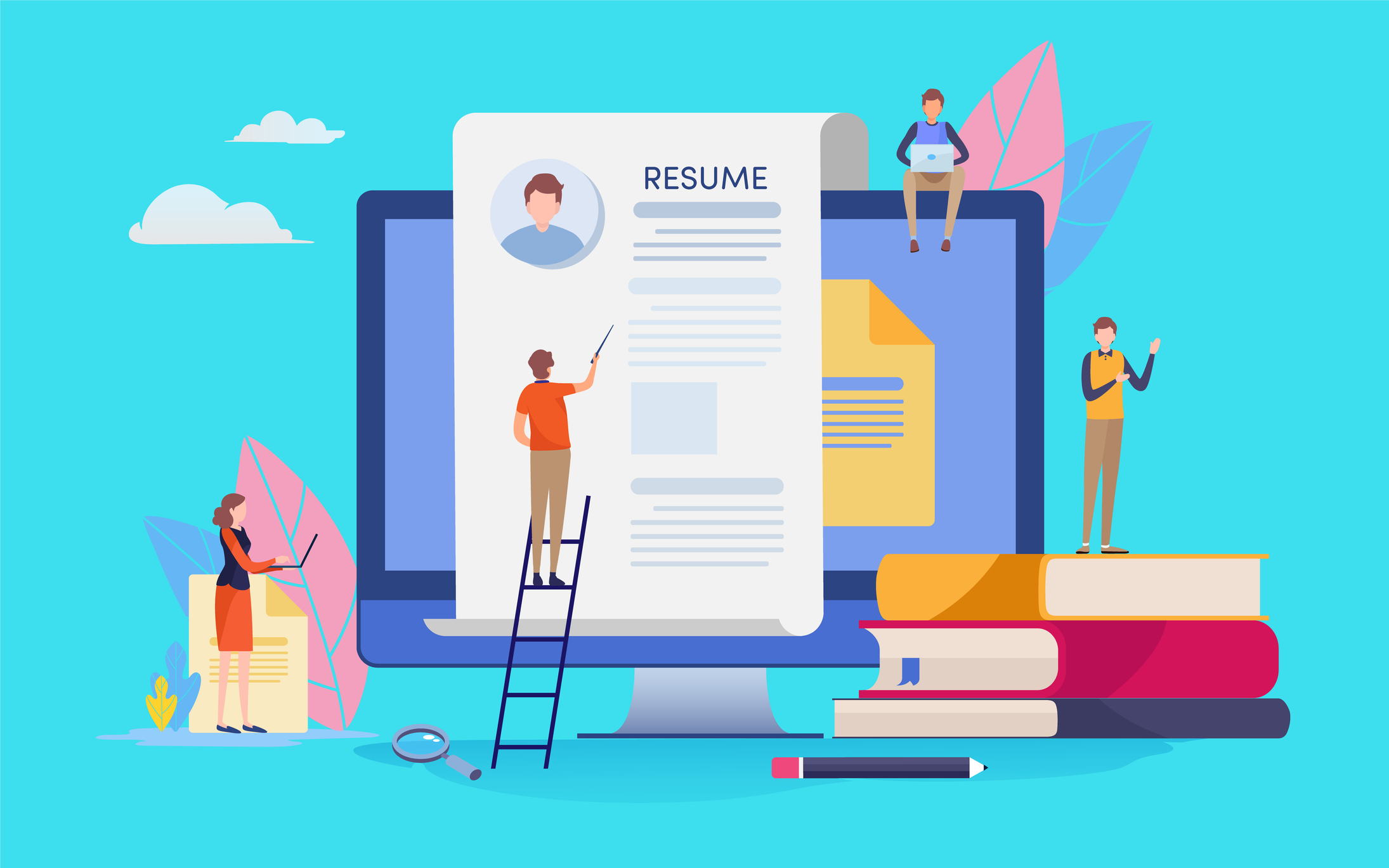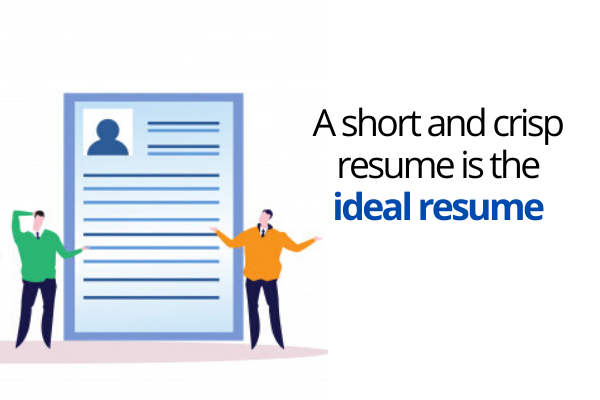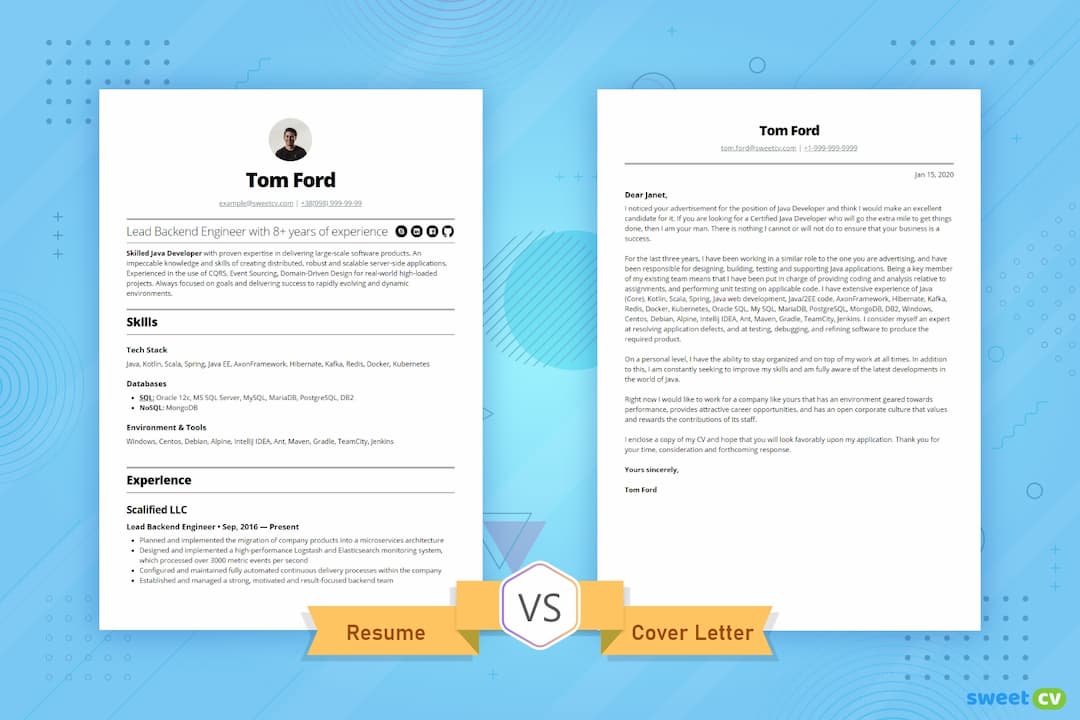The job market is tough out there. But we’re glad to hear that more jobs and traineeships in the healthcare sector will be made available for fresh graduates and mid-career job seekers.
In fact, Minister for Trade and Industry Chan Chun Sing said on Wednesday (Aug 26) that the government will implement new programmes to bring in business investments, support local entrepreneurship, and create “good jobs” for Singaporeans.
But job vacancies mean nothing if you aren’t able to land yourself an interview because of a poorly written resume. Hear from the experts on the art of crafting a resume if you want to increase your chances of getting that interview and eventually signing that job contract.
#1: Go beyond copying and pasting of your roles and duties

Image Credits: Soda PDF
“Resumes should clearly express your value proposition and achievements, and not merely a copy-and-paste of your roles and duties,” said Lim Kai Ning, the head of social impact at CareerSocius, a social enterprise that helps job seekers in Singapore ramp up their personal branding.
Harry Suresh, the founder and CEO of ResumeWriter Asia, a recruiter licensed by the Ministry Of Manpower suggests job seekers highlight their achievements.
“In their work descriptions, candidates list only their day-to-day responsibilities, which simply shows that they can do their job. Achievements, on the other hand, show they excel at it,” he said.
#2: Watch that length, style, and structure

Image Credits: ProViso Consulting
Length
While it’s advisable for you to list your achievements, don’t overdo it. Remember, you’re not writing an academic essay. “Some people submit really lengthy resumes with too many descriptors. The best resumes pack a punch and are succinct,” said Lim.
A maximum resume length of two to three pages is generally acceptable for a mid- to senior-level job seeker, said Suresh. “As a rule of thumb, the more concise a resume, the better.” For fresh graduates or those with lesser than five years’ experience, keep your resume within two pages, he recommended.
Style
“It is better to spell out certain abbreviations in full and not assume that all employers widely recognise them,” Lim said.
As for fonts, Suresh recommends using serif fonts such as Garamond, Cambria, or Georgia for longer documents or paragraphs of text as they look formal, professional, and easy on the eyes. A font size between 11 and 12 points for the body text is appropriate.
He also added that san serif fonts such as Lato or Helvetica are suitable. “These are less common than Arial or Calibri, and more likely to catch recruiters’ attention,” he said.
“You can also have titles or headers with bigger font sizes than your main content to guide the reader in differentiating between each section of your resume,” she advised.
Structure
“Key skills should be listed near the top of the resume; this is essential to communicate core skill sets to recruiters at a glance,” said Suresh.
#3: Prioritize the right information

Image Credits: G2 Learning Hub
With so much to include, how do you prioritize the right information to include in your resume? Suresh directs job seekers to focus on their most recent roles as they are more likely to be relevant to one’s current career goals.
“For roles that are five positions or over 10 years back, jobseekers can often limit it to the job title, company, and dates.”
Lim said, “Ask yourself these two questions: ‘What value did I bring to my previous role?’ and ‘If someone had the exact same job scope as me, how were my contributions different from his?’. The crux is to tease out what makes you unique, and hence, a notch above the other candidates.”
“For someone who has held multiple positions over a period of time, highlight different skills and expertise across the various positions instead of repeating them.”
#4: What to leave out in your resume – salaries, photos, and school activities

Image Credits: AMCAT.com
Omit your expected and last-drawn salaries, unless it’s necessary as stated in the job post. “It might be better to negotiate it directly when the job offer is being extended to the individual or to disclose an expectation during the interview stage,” said Lim.
She also informs us not to include our photo if it’s not a compulsory action. This is to prevent any unconscious biases during the selection process. “They are typically required only for frontline jobs (for example, sales), or when specifically required by the employer during the application stage.”
Suresh stated that those with over three years’ experience can omit CCAs, school projects, and other school activities. But for those without much experience, listing them down “may help demonstrate transferable and essential skill sets, such as leadership and interpersonal skills, which can’t otherwise be conveyed”.
#5: Choose the right tone for your cover letter

Image Credits: SweetCV
Lim advises job seekers to do their research on the company’s culture and style to determine the tone – whether casual or professional. “Cover letters are slightly more emotive and you can use the opportunity to showcase your purpose, passions, and strengths in a strategic manner.”
“Avoid using vague, passive words like ‘assisted’ or ‘supported’ that do not indicate much about your scope of contribution.” Instead, use action words like “initiated” or “revamped” to show your active role while working in the company.
As with all things, don’t overdo it. Exaggerating excessively may come across as inauthentic.
To add on to what Lim said, Suresh recommends using straight-to-the-point sentences and cutting out buzzwords – even articles (“a”, “an”, “and”, “the”) and pronouns (“I”, “me”, “who”) – for the best impact.
Take a look at these two sentences:
- Directed team of 12, managing annual sales pipeline of S$12m
- Sales ninja, responsible for growing the brand’s synergy
Which do you think is the better written one out of the two? If you guessed the first, you’re correct. According to Suresh, using action words and substantiating your claims with metrics will appear more credible and confident.

